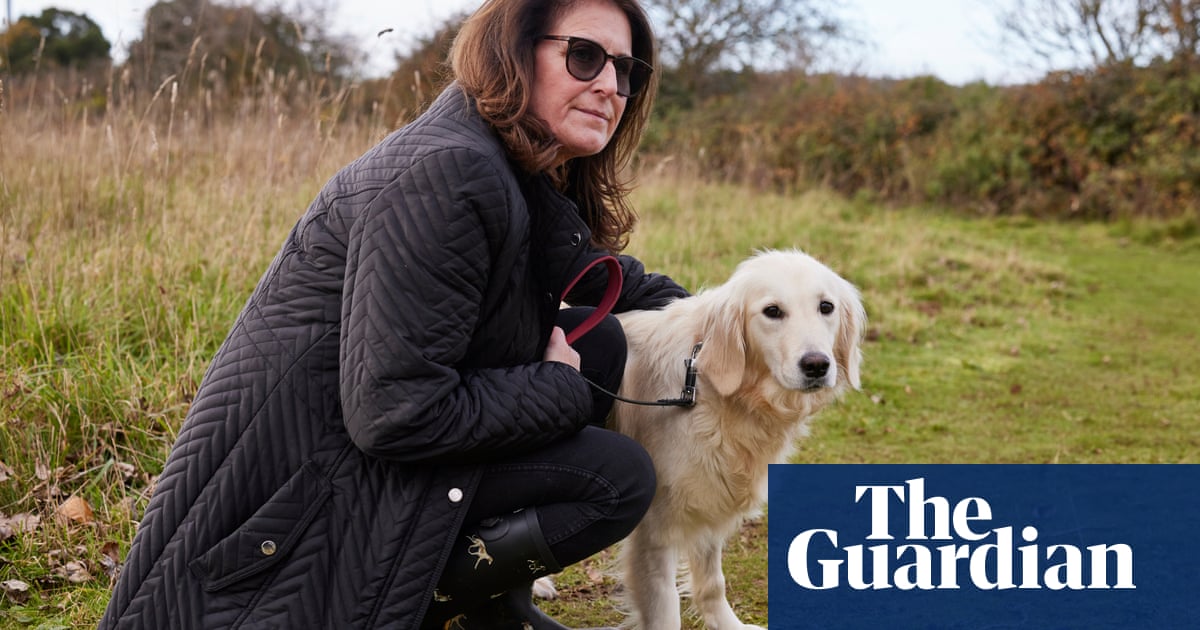
“The cap is like a chocolate chip cookie,” says Serena Lee, senior manager at Singapore Botanic Gardens’ herbarium, describing the top of the sculptured toadstool (Amanita sculpta). “It’s big and chunky, and has a beige and dark brown cap with pileal warts.”
Despite its distinctive appearance and a large fruiting body that can range from 10 to 27cm wide, the sculptured toadstool went awol in Singapore for more than 80 years.
It was first collected in the 163-hectare (402-acre) Bukit Timah Nature Reserve, one of the first forest reserves to be created in Singapore, in 1939, and was described as a new species in 1962 by botanist EJH Corner, a former assistant director of the Singapore Botanic Gardens.
The toadstool species has been recorded in other parts of Asia, including Malaysia, Thailand, China, Japan and Laos, but is thought to be rare and has been put up for assessment for the IUCN Red List.
There were no sightings of the fungus in Singapore until August 2020, when a member of the public posted a photo of a curious-looking toadstool to a Facebook group about the flora of Malaysia and Singapore.
“I like exploring different plants and mushrooms that I haven’t seen before,” says Serene Toh, who posted the picture. “What captured my attention in this case was the toadstool’s attractive colour and appearance.”
Toh’s contribution is seen as a good example of the public assisting scientific research and knowledge, which can aid conservation projects. The photo of the peculiar fungus in its bud stage, which Toh had taken in Bukit Timah Nature Reserve, was forwarded to Lee.
“My colleagues from the national parks board of Singapore and I kept an eye out for the species in the nature reserve, although we were uncertain of its exact location,” Lee recalls. “Just a few days later, though … it was seen at the base of a Shorea leprosula tree, along the main road to the summit of Bukit Timah Hill.
“It was a magnificent specimen,” says Lee, who identified the species. “Its cap was 27cm wide – by far the largest non-bracket type macrofungus we’ve ever seen in Singapore. Most species of macrofungi in Singapore have caps that are only 1cm to 5cm wide and barely make it past 10cm in height.”
It may seem strange that such a striking and “rather huge” toadstool could exist but remain unseen for nearly a century. “Despite the large size of its fruiting body, its dark shadowy colours help it to camouflage against the background,” explains Lee. “So it’s difficult to spot it if you’re not consciously looking for it. It might simply have gone unnoticed over the years.”
Since it was “rediscovered” in Singapore, the Amanita sculpta has been closely studied. “Having the material allows us to carry out genetic sequencing to develop a better understanding of the evolutionary and phylogenetic relationships with other species,” says Lee.
“The rediscovery also underscores the importance of biodiversity surveys to take stock of the fungi and other flora and faunal species that can be found in Singapore. It highlights the ability of some species to persist in even a small forest fragment and underscores Singapore’s commitment to the conservation of key habitats and biodiversity.”
Lee is hopeful the public’s interest in fungi will continue. “We’ve observed growing public awareness and curiosity in fungi when people go on their walks and hikes in Singapore,” she says.
“By raising public awareness of such species, more people can help to look out for them and document any sightings with their phones or cameras,” she says.
“Since we started studying them, rediscoveries, new records and even new genus or species have been found. For instance, in 2021, nine plant, fungal and algal species in Singapore were published as new records or rediscoveries, with more than half found in Bukit Timah Nature Reserve.
“That means a total of 124 new plant species, new records and rediscoveries in Singapore have been published over the past five years.”












